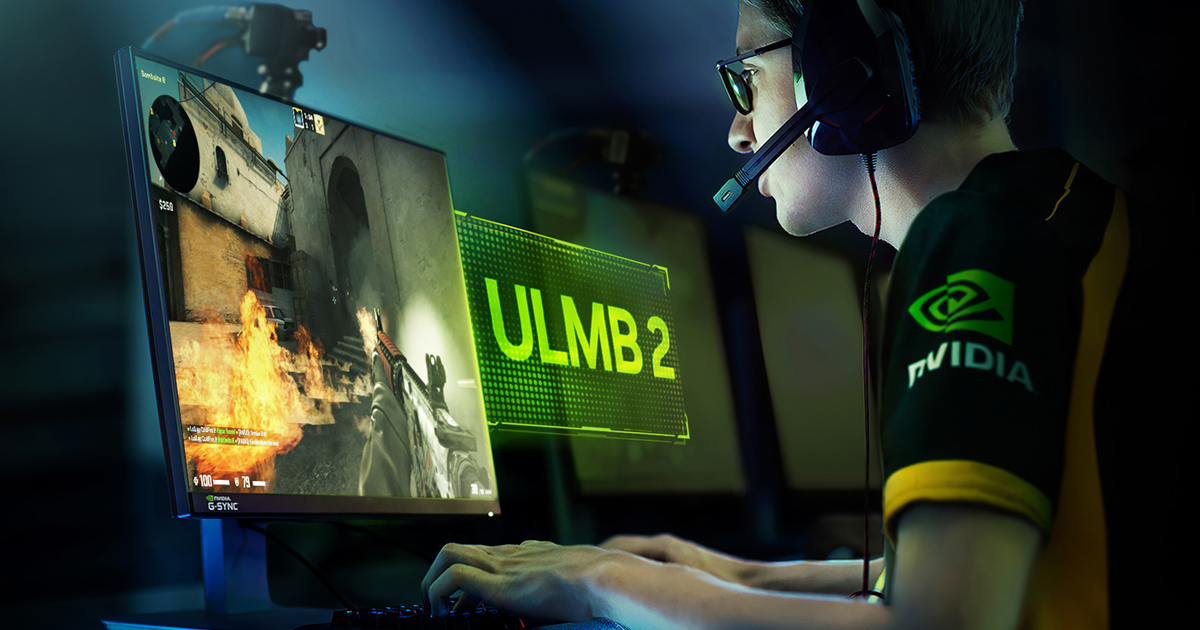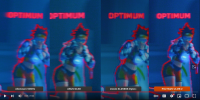Watching now. Hopefully backlight strobing will eventually become more side-effect free.

Introducing G-SYNC Ultra Low Motion Blur 2: Over 1000 Hz Of Effective Motion Clarity For Competitive Gamers
ULMB 2 delivers full refresh rate backlight strobing, nearly 2x higher brightness than the original ULMB, and can be added to capable monitors via a firmware update.
www.nvidia.com
It's not fully clear to me what the improvements are from ULMB1 to 2. I'm guessing it's mostly the way they describe the variable overdrive? I know gsync already had that, but that seems to be the only thing they really talked about in detail. Just not sure what the differences are.
Hopefully it has better image quality than ULMB1.
Last edited:



